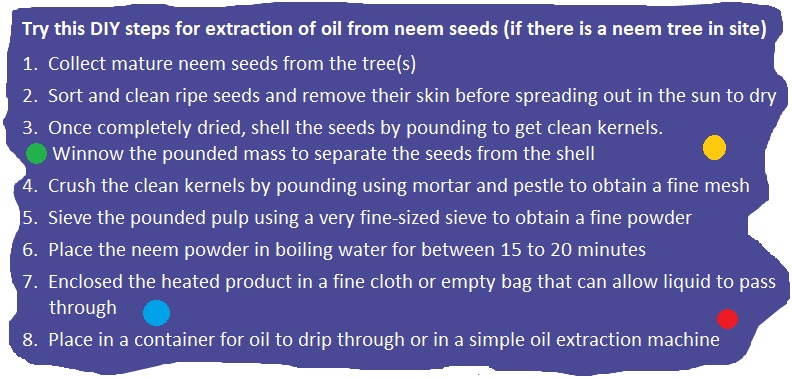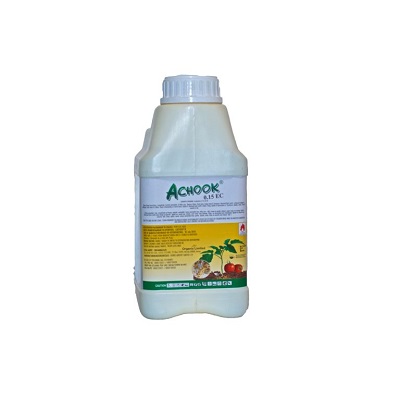PESTS AND DISEASES are every farmer’s headache. They cause losses for the farmer who applies prescribed methods to reduce their impact. The methods may be based on organic or synthetic material. Organic matter is most preferred where sustainable, regenerative or organic farming is practiced.
Organic farming permits the use of pesticides if they are natural and devoid of chemical or active components. This type of farming is fast gaining popularity globally as more and more people become health conscious and hid to the call to preserve nature.
Pesticides made from natural botanical source are less toxic compared to those from the synthetic origin hence it is safer to use pesticides prepared from natural raw materials since they have little or no adverse effects on human health or the environment. Some examples of natural pesticides include:-
Neem (Mwarubaini)
Neem has over 250 active compounds which are known for insect, nematode & disease control on all plants. The best known of the compounds is azadirachtin. Studies have shown that neem is non-toxic to birds, beneficial insects or humans.
Other natural pesticides include:
- Pyrethrum flower
- Tobacco leaves
- Diatomaceous Earth
- Garlic
- Citrus
- Essential oils derived from rosemary, peppermint, cloves, etc.
About 100ml of neem oil is extracted from 1 kg of neem seeds
Preparation of the natural pesticide may take a lot of effort for the average person since the recommended efficacy may vary from one crop to another, or from one pest to another. For example, to get about 100ml of neem oil extracted, 1 kg of the seeds is required. A commercial organic or conventional farmer may find the work of making his own neem preparations as cumbersome and it may be better to use a commercial neem preparation.
Manufacturers of organic pest and disease control inputs remove the guesswork out of the preparation process. The mechanized processes see to it that quantities and ratios of ingredients are based on established standards.

Standards
Standards for pesticide production are developed after consultative processes involving all stakeholders and experts. For organic farming the relevant standard would be one that ensures that food safety and chemical engineering are maintained. The Kenya Bureau of Standards (KEBS) has a technical committee tasked to prepare, modify or amend specifications and codes of practice for organic farming and organic products. One of this committee’s focus is establishment of best practices for Pest Control in organic farming. Standard KS EAS 456:2007 which provides requirements for organic production is a key product of the committee and can be accessed through KEBS.

Apart from the KEBS standards, the Pest Control Board of Kenya exists to ensure that before clearance is given to a manufacturer or importer, the pest control product is evaluated to verify their conformity to the set biosafety and health regulations. The board maintains a list of pesticides that are permitted. Achook, a neem based Organix product that is widely used in Kenya for control of nematodes and foliar insect pests like white fly, borers, diamondback moth, coffee leaf miner, caterpillars, aphids, thrips, mites and bollworms is listed.
You don’t have to grow your own botanical garden to keep pests and diseases away.



Comments are closed.